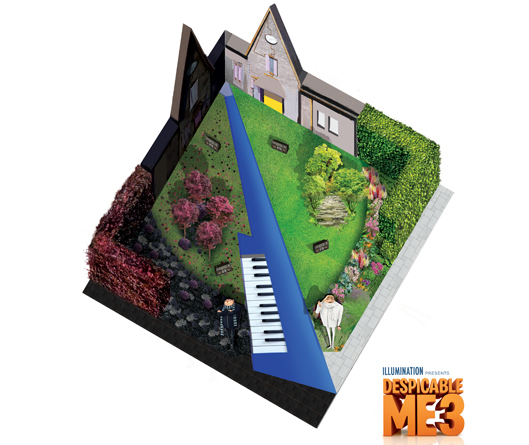They’ve been dubbed ‘Asbo Bambis’, ‘killer deer’ and even ‘doe–eyed destroyers’ – and this tiny menace is spreading across Northern Ireland. The voracious muntjac deer from China is hard to spot but is living and breeding under our noses. And experts are warning if this invader isn’t halted now when its numbers are low, we could face annual bills of hundreds of thousands of pounds in the future.
There are fears that this innocent–looking pest will prove costly to crops, forestry, gardens and wildlife habitats. They even attack dogs, but can be dangerous to people, too – in England they have been responsible for deaths and serious injuries when they’ve caused road accidents. The troublemakers are only the size of a spaniel, but males wield sharp antlers and fangs, and populations can explode to more than 100 per sq km.
Scientists at Queen’s University Belfast warned of the threat posed by muntjac back in 2008 – and now their predictions are coming true. The animals were kept in private enclosures in the province but many have escaped and the species is now breeding in the wild. Dr Jamie Dick, Professor of Invasion Biology at Queen’s, said: “They will eat absolutely anything – brambles, new growth, ivy, laurel, agricultural crops and garden plants. And because they are cryptic and hard to see, you could be walking past them every day and you wouldn’t see them. Once they become numerous enough that people can see them, that is only the tip of the iceberg.”
The first record of muntjac living in the wild in Northern Ireland was made in June 2009 when a male was found dead on a road near Newtownards. Then a young muntjac buck was shot on the Ards peninsula in June 2011; and last month, a 15–week–old female was shot near Newtownards while grazing with a larger animal, presumed to be its mother – providing the evidence that wild muntjac are now breeding.
Dr Dick says the animals can be found right across Northern Ireland and warns that they may be a reservoir for a virus new to science known as a gamma herpes virus, which could present a risk to domestic stock. “We need immediate action to find out exactly how many animals might be in the wild. Failure to act will mean substantial annual costs for us all in future years,” he said. “In Scotland they did an economic analysis that suggested that up to £2m a year would be required to control a single outbreak of muntjac deer.”
A DoE spokesman said the Northern Ireland Environment Agency has funded Queen’s University through the Natural Heritage Research Partnership to undertake several pieces of research on muntjac deer. “As a result the Ards peninsula area was identified as potentially harbouring a breeding population of muntjac deer,” he said. “NIEA has been involved in establishing a muntjac deer action group. Through this, NIEA is working to take forward a local control programme to prevent their further spread.”
Factfile
This tiny, non–native deer is the smallest in the UK and has copper–brown fur, with darker markings on the legs and face. Males also have antlers during the autumn. Bucks have large canine teeth which protrude from the top lip and are used in fighting. Muntjac originate in China but were introduced to Woburn Park in Bedfordshire in 1838.
Source: Friends of the Irish Environment – Think He’s Just a Cute Deer? Meet the Bambi with an Asbo




